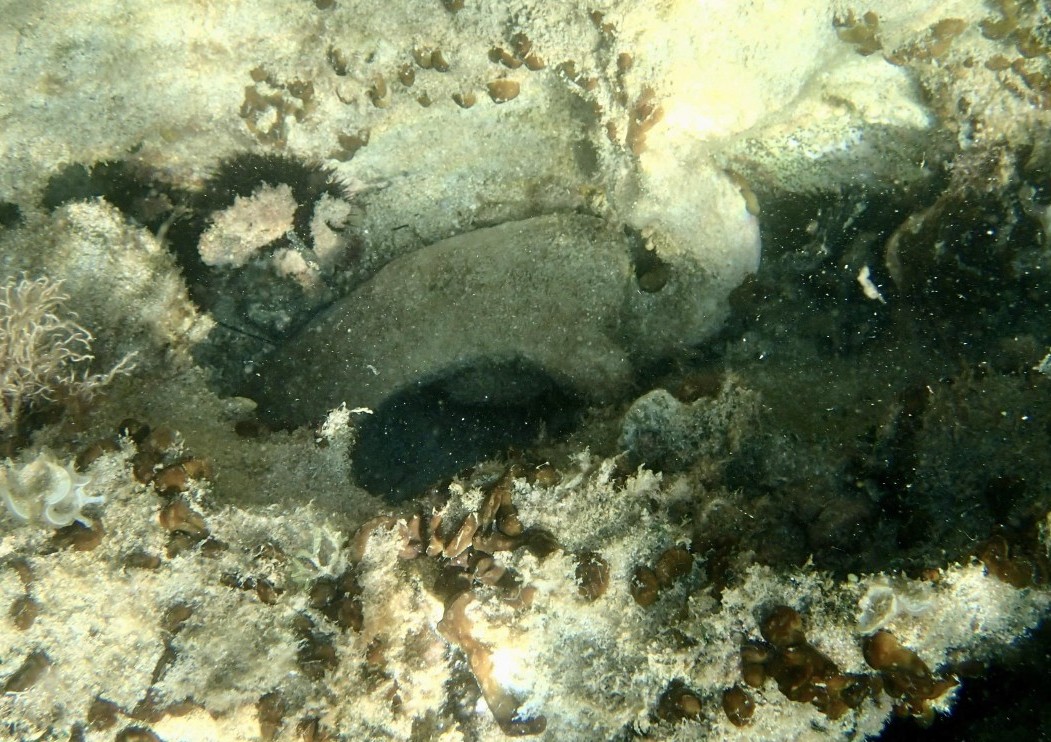By Jay Jean Jackson
I am a regular swimmer and snorkeler off Sagtur beach near Akkum Plaji. Over time, I have noticed a lot of pottery fragments on the seabed. I never knew if they came from centuries ago or from people throwing rubbish into the sea the night before.
Fortunately, I have an underwater camera and was able to capture images. I sent these to the late Voices columnist and Apollon Temple specialist Glenn Maffia, who was ecstatic at seeing them.
I sent the images to a German archaeologist, Ulf Weber, for his expert opinion. He had been informed of similar finds at the altar of Poseidon and Rabbit Island.
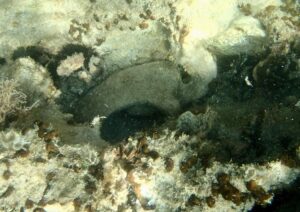
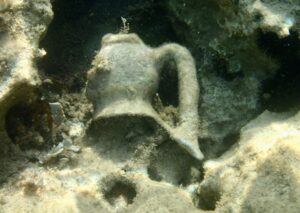
Glenn would have been euphoric as Ulf confirmed the amphora I’d photographed likely dated from around 500 AD. It’s amazing to think I had photographed items dating back 1500 years or more.
The transport amphorae I’d photographed were used throughout the Mediterranean. They would have been used to transport olive oil, wine, grain, and other commodities. It is far more common to find these pottery artefacts because those made of marble or bronze have been stolen over the years as they were of more value as a daily commodity.
During the 5th to 6th centuries, Didim was a city with a bishop. Miletus became a seat of religious power where archbishops resided. The entrance to Lake Bafa provided for shipping and the trading of goods.
The success of the area would have seen an enormous increase in maritime traffic. There are shipwrecks all around the area dating back to this time. Many, probably, lie still undiscovered to this day.
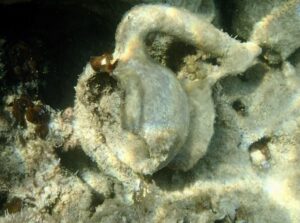
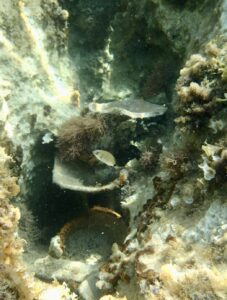
The sea and its trade routes were an essential part of life in ancient times for both economic and cultural survival. The unpredictable sea was both provider and a destroyer.
The Greek God Poseidon was revered by sailors, it was believed he could create or avert disaster. There are many tales of Poseidon’s wrath if certain rituals and sacrifices were not adhered to, resulting in storms, floods, earthquakes, tsunamis and, of course, shipwrecks.
It explains why there is an altar to Poseidon on a spit of land west of Didim marina. It was believed it would offer protection to the southern border of what was then Ionia. It can only be seen indistinctly today. It shows how important a maritime trading hub the area was and how much still lies beneath the waves. One wonders how many artifacts and secrets remain to be found off the coast of Didim.
My dear friend Glenn wrote extensively about the history of Apollon Temple and the local area. He observed the locations we now call Mavisehir and Sagtur were close, if not the actual location of the ancient harbour of Panormos where boats from Miletus docked after ferrying the affluent arriving in Didimya for the annual celebrations each year.
Myself and Glenn made several discoveries over the years, so I know how happy he would have been seeing the photographs of the amphora. A new discovery was tantamount to gold.

We had previously found an ancient backgammon board on the steps of Apollon Temple and theorised about the possible alignment of the Altar of Poseidon to Apollon Temple. He would have taken great pleasure in writing the article for Voices. It was a passion he’d had since he’d been an original columnist for the newspaper when Hasan founded it many moons ago.
I was fortunate to have been a good friend of Glenn’s. I miss him daily as I know everyone at Voices and many others do. It was an honour to help him with research for his articles and to share his love of the ancient history of our part of the world. We will all keep discovering hidden secrets of our town and surrounding areas, but only Glenn could write about them in his own inimitable fashion.
Additional contributions: Chris Evans
